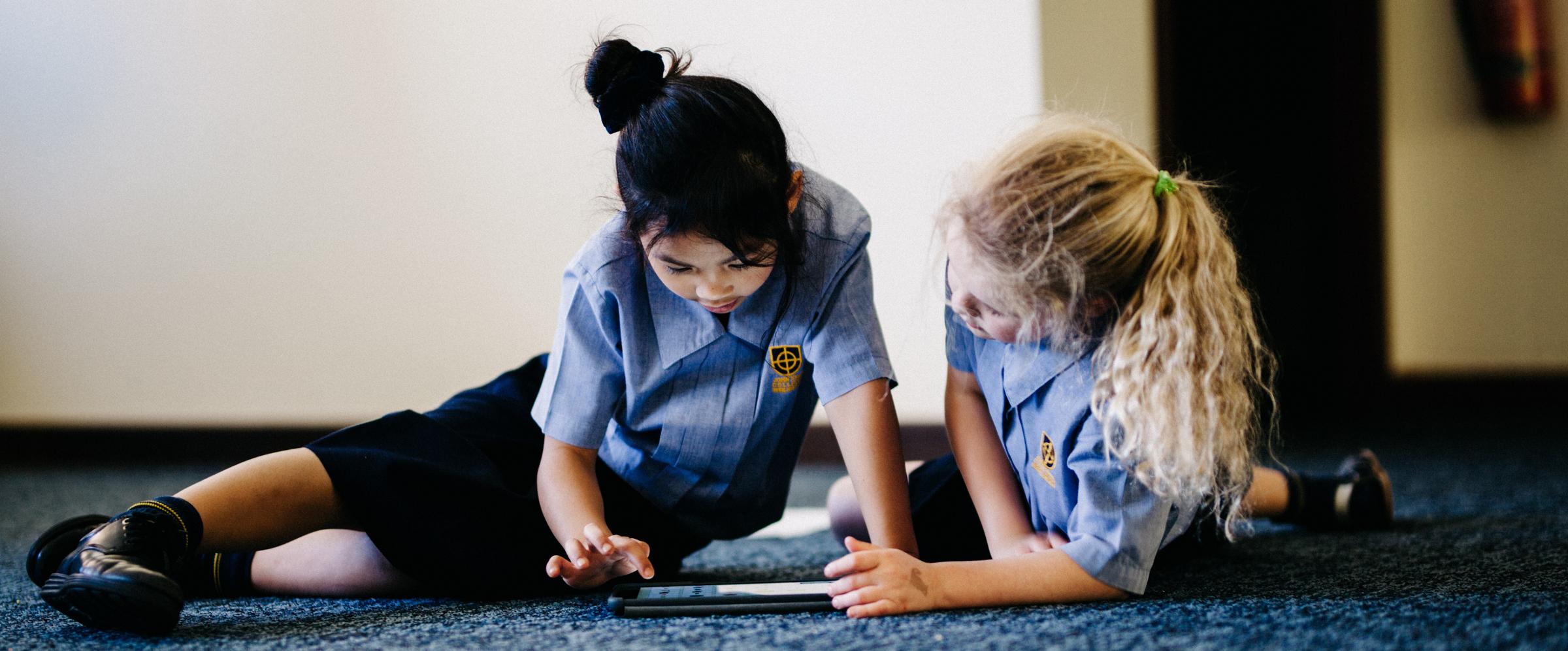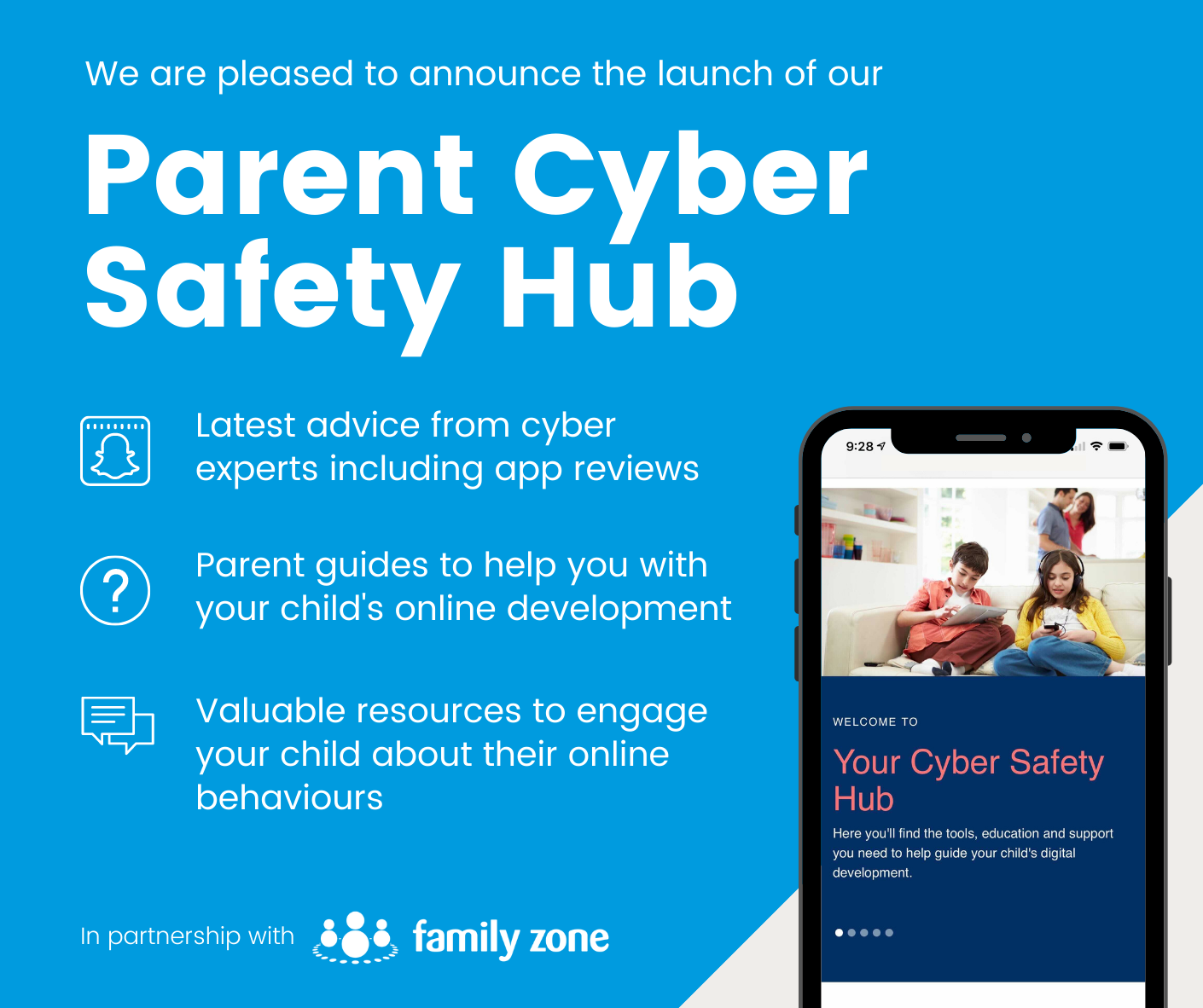Cyber Safety

'Bigorexia' a growing risk for today's boys
We’re starting to understand how social media can damage girls’ self-esteem - but what about our boys? New research finds disturbing evidence of equal opportunity risk for young males.
It’s not just girls. Boys too are getting powerful messages about body image from social media.
While most studies of social media’s impact on body satisfaction have focused on girls and young women, a rising tide of new research is investigating the impacts on the opposite gender. And the picture that’s emerging is depressingly familiar.
“For many boys and young men, muscle worship has become practically a digital rite of passage in today’s beefcake-saturated culture.”
Bodies as objects
“Social media is really where young men experience evaluations of their appearance from others,” says Veya Seekis, a lecturer at the School of Applied Psychology at Griffith University.
“The more men view their bodies as objects for public display, the more they fear being negatively evaluated, which so often triggers compulsive exercising and other ‘healthy’ behaviors that can end up having an impact on their well-being.”
Anorexia, meet Bigorexia
But where girls idealise thinness as the holy grail of ‘grammable body types, boys head in the opposite direction, seeking body mass and extreme muscle development.
For girls, we know that compulsive social comparison scrolling is damaging to self-image and may in extreme cases encourage anorexia. For boys, the equal but opposite reaction is being labelled “bigorexia” by some experts.
They are warning that the built-in narcissism and relentless exhibitionism of platforms like TikTok and Instagram are also disrupting how young men view their bodies - with equal risk to their wellbeing.
“For many boys and young men, muscle worship has become practically a digital rite of passage in today’s beefcake-saturated culture,” according to a report published this month in The New York Times. “Examples are everywhere — the hypermasculine video games they play, the mesomorphic superheroes in the movies they watch.”
But the quest for muscular perfection is not about sporting success, let alone fitness for heroic deeds. It’s about getting ‘likes’ and followers on TikTok, under hashtags like #teenbodybuilding and #shredded.
Researchers note that pandemic restrictions are likely fuelling the trend. Interruptions to regular sport and social activities and the resulting social isolation are one part of the problem. But so too is remote learning - which means kids are constantly in front of cameras, seeing themselves (or thinking they do) as others see them.
Defining 'bigorexia'
Psychiatrists define bigorexia as a body dysmorphic disorder that triggers a preoccupation with the idea that one’s body is too small or not muscular enough. According to healthline.com, its symptoms can include
- spending hours at the gym, pushing your body far beyond its limits, then feeling compelled to return and do it again the very next day
- following diets on a path to cutting weight and adding muscle that never seems to end
- hating the body you live in and feeling like these perceived shortcomings of your body are equally clear to anyone who sees you
Left untreated, bigorexia can lead to steroid misuse, depression, disordered eating and suicidal thoughts.
Pressure begins early
And the pressure to go big can start as early as the primary school years. The Times reports on boys as young as 10 seeking advice from their favourite online bodybuilders about achieving a so-called “Dorito physique” (broad shoulders that taper to ripped abs and an abnormally compact waist).
One mother noted that once her 13-year-old had permission to use social media, “It opened up this whole new world to him of Instagrammers and YouTubers in muscle shirts.”
The child “doesn’t even have a man’s body yet because he hasn’t gone through puberty,” the father added, “but he already has this incredibly high standard of what he should look like.”
Reference: https://www.familyzone.com/anz/families/blog/bigorexia-a-growing-risk-for-boys
Cyber Safety Hub
We are delighted to introduce you to a new resource made available to you through our partnership with Family Zone - our new school Cyber Safety Hub.
As you may already be aware, our partnership provides your family with access to the Family Zone tools to use at home with your children if you wish. The purpose of the Cyber Safety Hub is to complement those tools with practical guidance and information to further support you in engaging with your children in their digital development. These tools and resources also allow the school and parent body to work together on creating a holistic approach to guiding each student's online journey.
About the Parent Cyber Safety Hub
The Cyber Safety Hub includes resources to help your family better understand the different Family Zone tools available to you and how to use them, plus access to regular cyber safety events to help you stay informed about the latest digital trends.
Also, the Cyber Safety Hub provides expert advice from leading cyber experts, ySafe, on the most pertinent issues and frequently asked questions around platforms like TikTok, Fortnite, Instagram, and more. There are app reviews with age and safety recommendations, along with a range of guides to help ensure healthy boundaries around screen-time & gaming, plus step-by-step instructions for using parental controls and filtering out inappropriate content.
We are very excited to be able to offer you this level of expertise and support. We look forward to working closely with you as we develop the cyber safety conversation within our school community.


